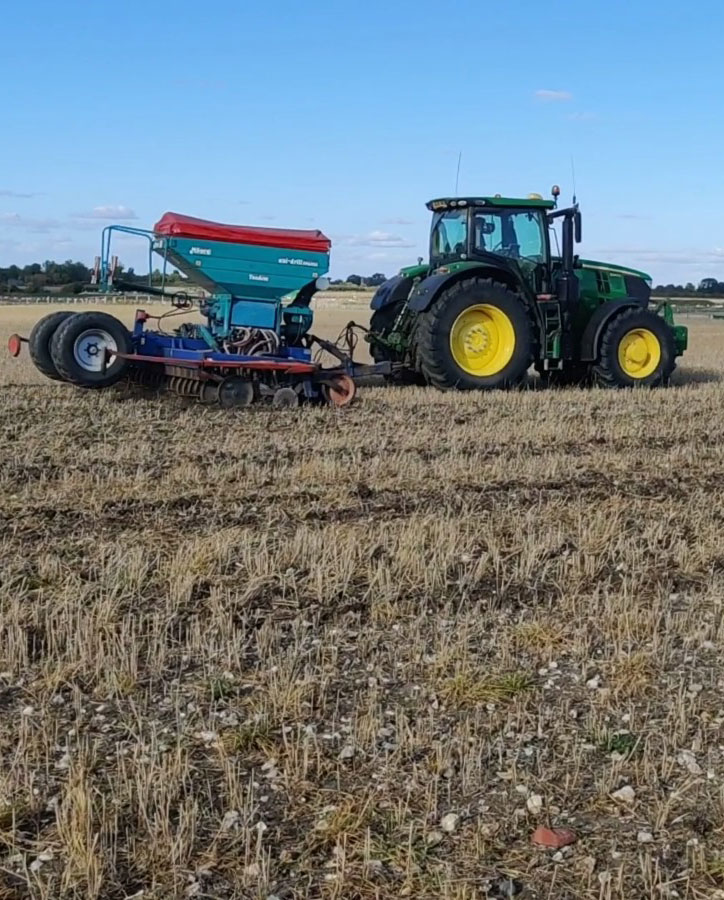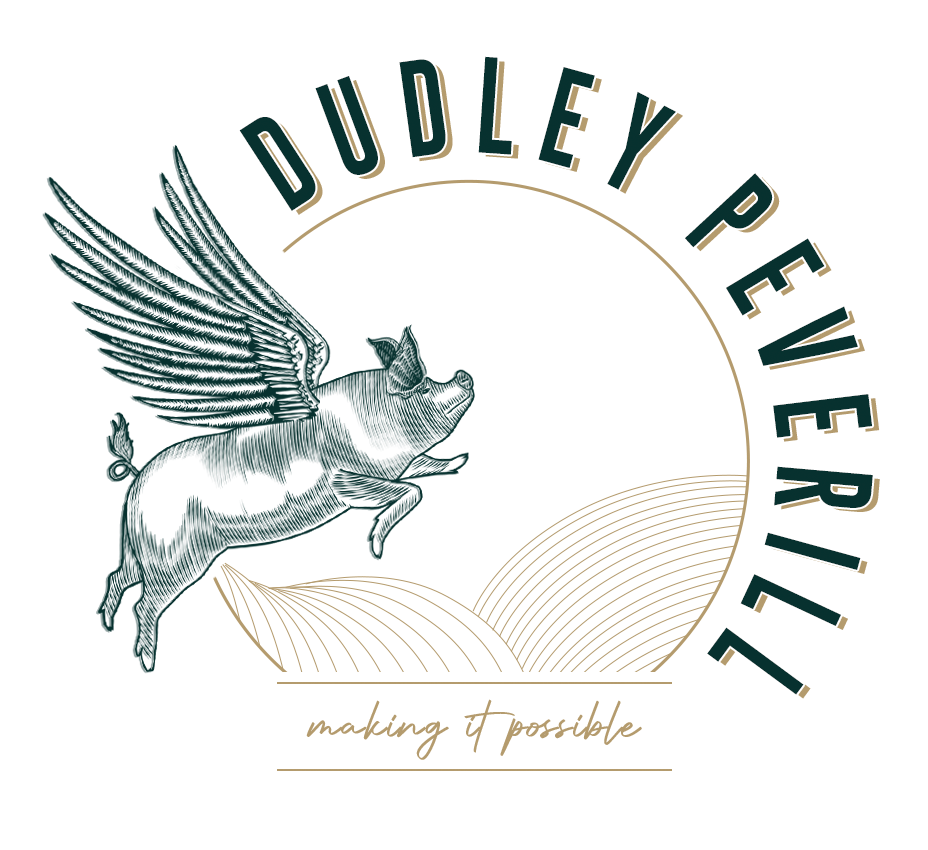Five Lessons in Farming Diversification
Farm diversification comes with all sorts of challenges, pitfalls and opportunities. Having been there and done that, we can tell you from our own experience that you cannot avoid making mistakes and neither can you predict the future: rural businesses operate within a continually changing landscape in terms of the political landscape, economy, environment and more.
Here are five lessons and takeaways from our own experiences in diversifying our own farms and supporting many clients over the years with their diversification projects:

Hope is not a strategy: Have a clear plan and understand your constraints.
It’s important to start with a master plan. This begins with deciding what sort of diversification you wish to undertake. If you are unsure, our diversification assistant can help. As an example, how keen are you on public engagement?
In the early days of our businesses, we got approached by a farmer and who had a successful treehouse business, making £75,000 net profit a year. He came to us for advice because he wanted to sell the business, admitting that he simply hated engaging with the public. Not the most transportable of businesses, it begged the question as to why he wanted to set up a public facing business in the first place. If you don’t want to engage with the public, a glamping business may not be the best thing for you. But what happens if you have a beautiful farm that lends itself to glamping? There are other options, such as employing a manager, leasing the land or simply investing in the business. If you have an open mindset, we can help you explore the possibilities.
We had another client who had the idea of setting up a distillery, but had no distillery experience. When we asked the question why he wanted to do this, the answer was “I like drinking whiskey!”
This is why we helped bring distillery distilling experience on board to help generate a viable business enterprise focus. We are here to explore your ideas with you and if there is potential, bring your ideas to fruition.
All these considerations and more should go into your ideas generation and master planning, ensuring that your farm diversification meets your wants, needs and desired outcome.
2. Have an idea of how you’re going to access a range of professional services
This is probably the first stumbling step for many farmers: “I’ve got a great idea, but I don’t know who to talk to about it.”
Dudley Peverill worked with a family run farm who discovered, after purchasing a hilltop farm, that it floods to about a metre in depth in the middle of winter. They came to us and said, “We’d like to diversify our farm. Not much seems to grow in the middle of winter. We’ve got a small problem with flooding. What can you do? “
We designed a BNG scheme which helped liberate capital to support the development of the farm buildings where they were able to deliver holiday lets. The project was based on our experience with flooding engineers and our experts; calling in experts in at the beginning of the process to try and address the concerns right from the off, rather than getting an architect in, which is where most people start.
Start with understanding what your constraints are, talk to the right professionals and then get them to draw up your plans.


3. Understand your time constraints and how they’re going to be managed.
Most farm landowners have filled their time already. If you’re going to be taking on a new business or a new diversification, it’s going to require time. Who is going to provide that time? Who is responsible for that?
It’s really important that you consider this at the beginning. Increasingly, we find that planning authorities like to offer objections in about the last 6 hours of the planning application, to such an extent that we now clear our diary in the last 6 hours.
It’s knowing what the time commitment is likely to be and planning around this that can make or break your project.
We often visit farmers during the course of their busy day, even sitting down in the tractor cab and saying right, “this is our suggestion. Are you happy?”
And in most cases they say, “Yes, just get on with it and get out of my cab!”
And we do just that.
4. Understand how to you are going to finance your project and access funding
Funding may be impacted by generational issues: the younger generation is trying to push diversification forward, whereas a preceding older generation holds the asset. So straightaway there’s an element of conflict that needs navigating.
We dealt with a listed building that required planning permission for conversion. Dudley Peverill successfully made a case that it was going to be an historical loss if it wasn’t converted, and that was the argument that swayed the plans. About half the value gain was in the planning permission. The other half of the gain was in the build. The landowner in question didn’t have enough money. So we put power utilities into the site and then we marketed it and made more money from selling ii. As it happens, the people who bought it went over budget and over time. So the landowner did very well and the capital generated from this project financed another building which was then subsequently rented out to provide an ongoing income stream.
When it comes to financing, we set out an initial outline feasibility study. This can be as simple as sketching it out, talking to your local rental agent and getting an idea of what rental returns you might be looking at. If you’re going to start diversification, you’re going to need to start marketing and identify routes to market, how you engage with your consumer and what your marketing campaign is. And that really needs to be addressed right from the beginning. In other words, think about selling first, producing second.
Dudley Peverill encourages market led development. We break the project down into smaller constituent parts and test the market. For example, one large office might work better as smaller units: it all depends upon market demand.


5. Consider succession issues and financial succession
Planning and funding may be impacted by generational issues: the younger generation is trying to push diversification forward, whereas a preceding older generation holds the asset. So straight away there’s an element of conflict that needs navigating. This can be approached by balancing two or multiple points of view. Succession is a big part of our discussions.
It could be described as the frog swallowing a frog or an elephant. That’s probably easier, just eat him a bite at a time! Approached in the right way, and it’s something that we’re very used to facilitating, succession planning discussions can be very fruitful.
For example, we worked with a family who had a traditional fortified farmhouse. They were using it as a wedding venue and the younger generation wanted to extend this to provide accommodation for wedding guests.
There were a number of family members involved with competing views; the older generation were less keen. We facilitated discussions about how the diversification could progress and value could be transferred to the subsequent generation in a way that met the needs of everybody involved, resulting in a successful diversification project.
To summarise:
- Have a clear plan and understand your constraints.
- Have an idea of how you’re going to access a range of professional services
- Understand your time constraints and how they’re going to be managed
- Understand how to you are going to finance your project and access funding
- Consider succession issues and financial succession.
